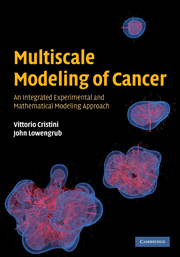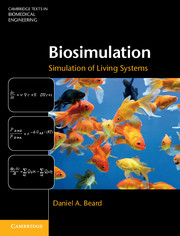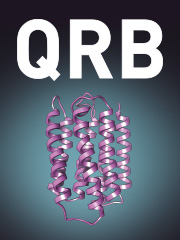Multiscale Modeling of Cancer
Mathematical modeling, analysis and simulation are set to play crucial roles in explaining tumor behavior, and the uncontrolled growth of cancer cells over multiple time and spatial scales. This book, the first to integrate state-of-the-art numerical techniques with experimental data, provides an in-depth assessment of tumor cell modeling at multiple scales. The first part of the text presents a detailed biological background with an examination of single-phase and multi-phase continuum tumor modeling, discrete cell modeling, and hybrid continuum-discrete modeling. In the final two chapters, the authors guide the reader through problem-based illustrations and case studies of brain and breast cancer, to demonstrate the future potential of modeling in cancer research. This book has wide interdisciplinary appeal and is a valuable resource for mathematical biologists, biomedical engineers and clinical cancer research communities wishing to understand this emerging field.
- Provides a uniquely multidisciplinary approach to cancer research by combining state-of-the-art mathematical models with experimental data
- Includes case studies of brain and breast cancer to aid understanding and illustrate the potential of computational techniques in cancer research
- Helps researchers identify new directions of research in oncology
Product details
September 2010Hardback
9780521884426
298 pages
254 × 180 × 11 mm
0.75kg
55 b/w illus. 5 tables
Available
Table of Contents
- Part I. Theory:
- 1. Introduction
- 2. Biological background
- 3. Continuum tumor modeling: single phase
- 4. Analysis and calibration of single-phase continuum tumor models
- 5. Continuum tumor modeling: multiphase
- 6. Discrete cell modeling
- 7. Hybrid continuum-discrete models
- 8. Numerical schemes
- Part II. Applications:
- 9. Continuum tumor modeling: a multidisciplinary approach
- 10. Agent-based cell modeling: application to breast cancer.




